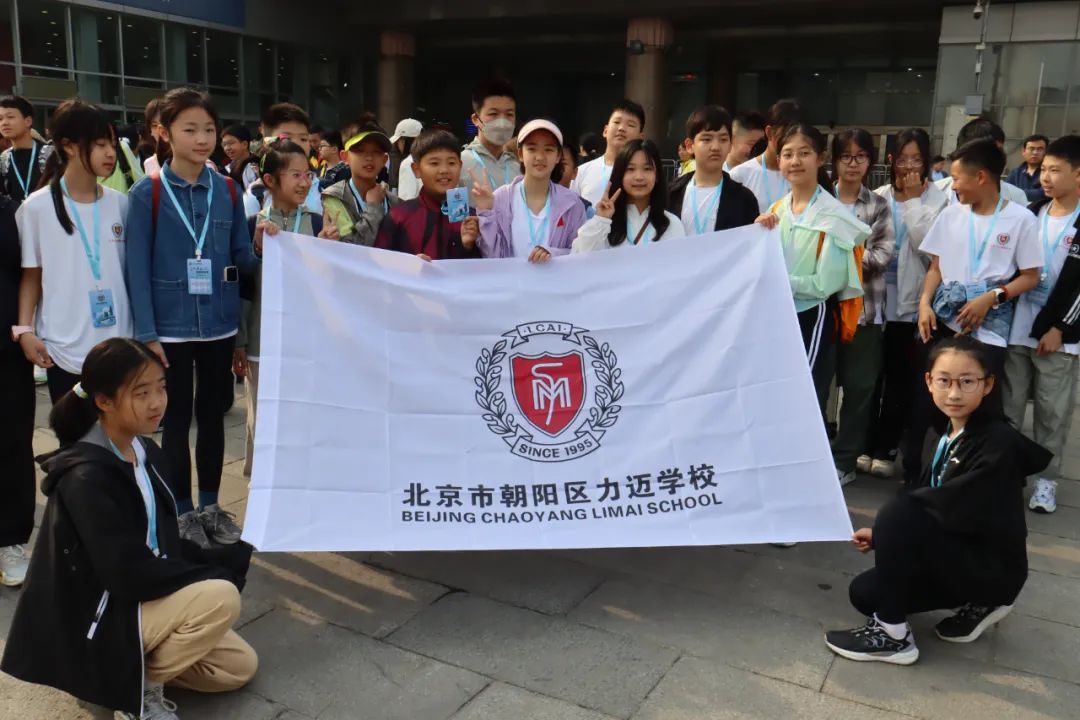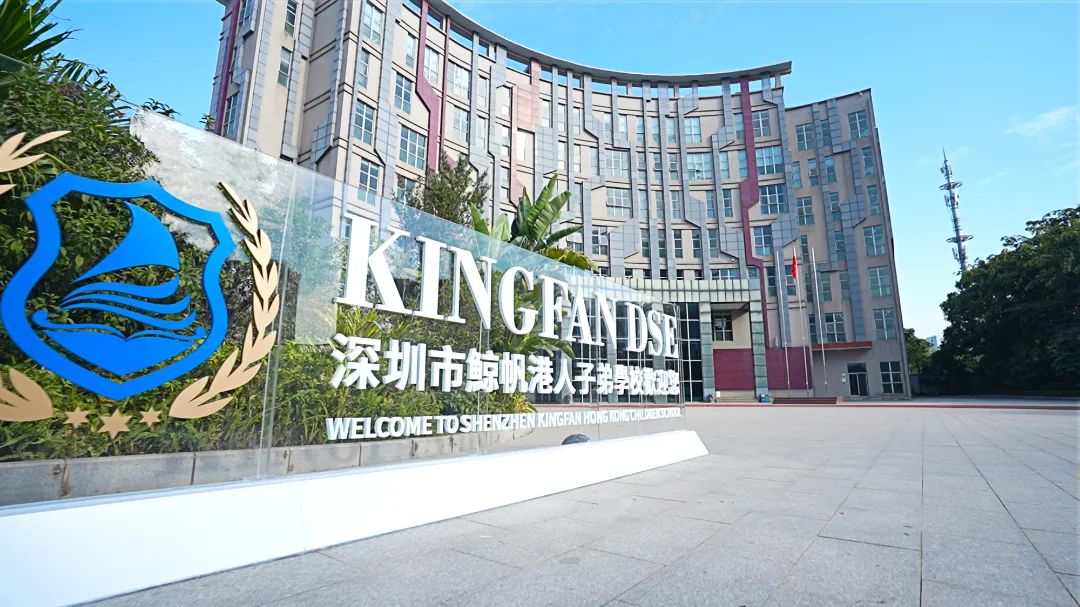2023-12-19发布于安徽
Individuals and Societies Highlights
CISH
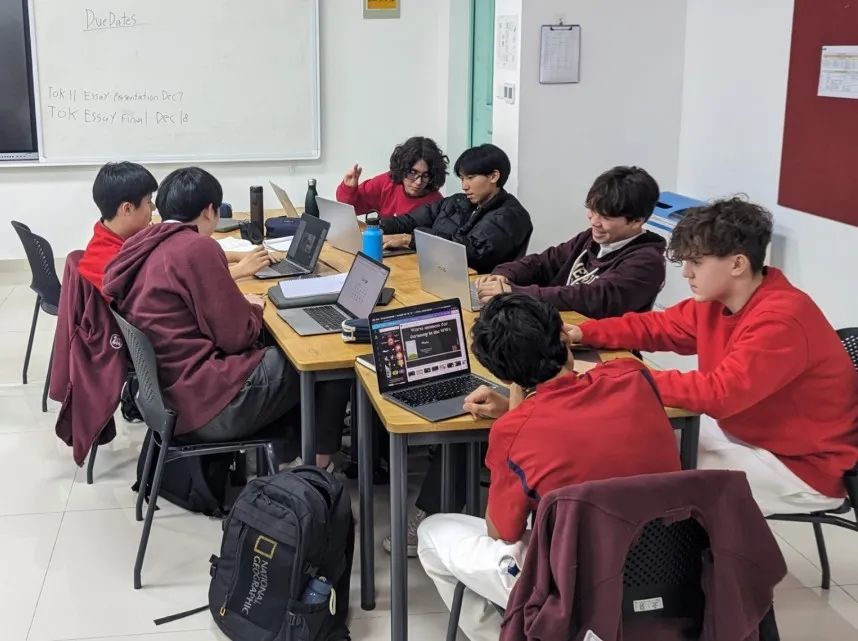

Slide pictures to see more
The Grade 6s completed their tables detailing the positive and negative aspects of different phases of entering Rome in the 2nd Century AD. Using this table and the WebQuest site set up for the Grade 6s, they were split into new groups of two in which they were asked to create a role play video. Within the role play video, one group member will be play the part of a positive visitor to 2nd Century AD Rome focusing on the positive aspects of Arriving in Rome, the aqueducts, public baths, toilets, the Forum, the Colosseum and the Circus Maximus. The other group member will play the part of a negative visitor focusing on the negative aspects of the aforementioned places in Rome. The groups will video record their role plays and present the videos in class. The purpose of the activity is to differentiate the way in which the students learn and also differentiate the way in which students can display their knowledge of the topic.

This week in grade 7 Individuals and Societies continued to explore the different types of government. The students used the information they collected and learned over the past couple weeks to create Government System Flow Charts. In groups they filled in the Flow Charts to demonstrate their knowledge and understanding of the government types, similarities and differences. They ended by adding visuals to represent their understanding of the forms of governments. The students worked on their social, collaboration, and communication skills.


This week in grade 8 Individuals and Societies class students have continued working on their unit on Natural Resources. Students explored the concept of Renewable Resources, what makes them renewable, how we can maintain them, what products we create using these resources and how they meet our needs and wants. The students then explored the impact around the way we use these resources, considering the consequences with our growing population. The students used their critical thinking and communication skills.

This week in grade 9 Individuals and Societies class they have been working on their unit on “The Medieval World”. The students explored the Frankish Empire, what led to their expansion and ultimately their demise. In order to understand the roles and members of society during the Middle Ages students completed a “Who Am I” matching activity where they needed to use critical thinking skills in order to identify who is whom in society, power, and relationships. The students used their critical thinking and social skills in I&S class this week.

Grade 10: This week students covered the pre WW1 Alliance systems, the Situation in Serbia pre war, and the outbreak of the war itself and how the various major powers got involved. The Schlieffen Plan and the invasion of Belgium was also discussed. Students got to work on their inquiry research projects, in which they are posing and then answering as question that they find interesting about WW1.

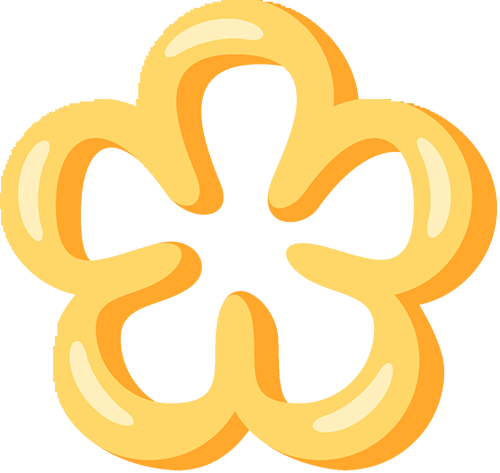
Psychology
DP1 HL Psychology students began their HL extension topic on the sociocultural level of analysis by exploring the impact of globalization on individual behavior. They worked in pairs to define globalization and identify ways in which it occurs. They also made links to the previous topics of enculturation and acculturation. Students read a psychological study about the impact of globalization, specifically individualism, on Japanese university students’ subjective well-being. Meanwhile, SL and NB students reviewed how cultural dimensions can influence behavior by outlining and explaining Berry’s cross-cultural study.
This week, the Grade 12 Psychology students continued their exploration of memory. They reviewed the multi-store model of memory and discussed its strengths and limitations. Next, the students were introduced to the working memory model. They replicated an experiment that provides support for the working memory model and created a study outline. Finally, they began discussing the role of emotion on memory and reviewed the structures and functions of the limbic system.

Global Politics
Grade 11: This week students covered investigative journalism as well as the media's connection to civil society. Students also were introduced to constructivist international relations theory and how it differs from realist and liberal theories. Finally, students worked on a media analysis project in which they will be investigating a news organization in order to assess its bias, its quality of reporting, and its approach to covering international relations.
Grade 12: This week we covered the IB definitions of violence and conflict. We also discussed structural vs direct violence and what these concepts entail. Finally, we covered peacemaking and peace enforcement, and examined the example of the British intervention in Sierra Leone. Students are currently working on visually representing concepts from this unit in poster or infographic form.

Business Management
This week, grade 11 students started working on Profit and Loss Accounts and by Friday has begun work on Balance Sheets. Really the heart of the Business course Finance Unit.



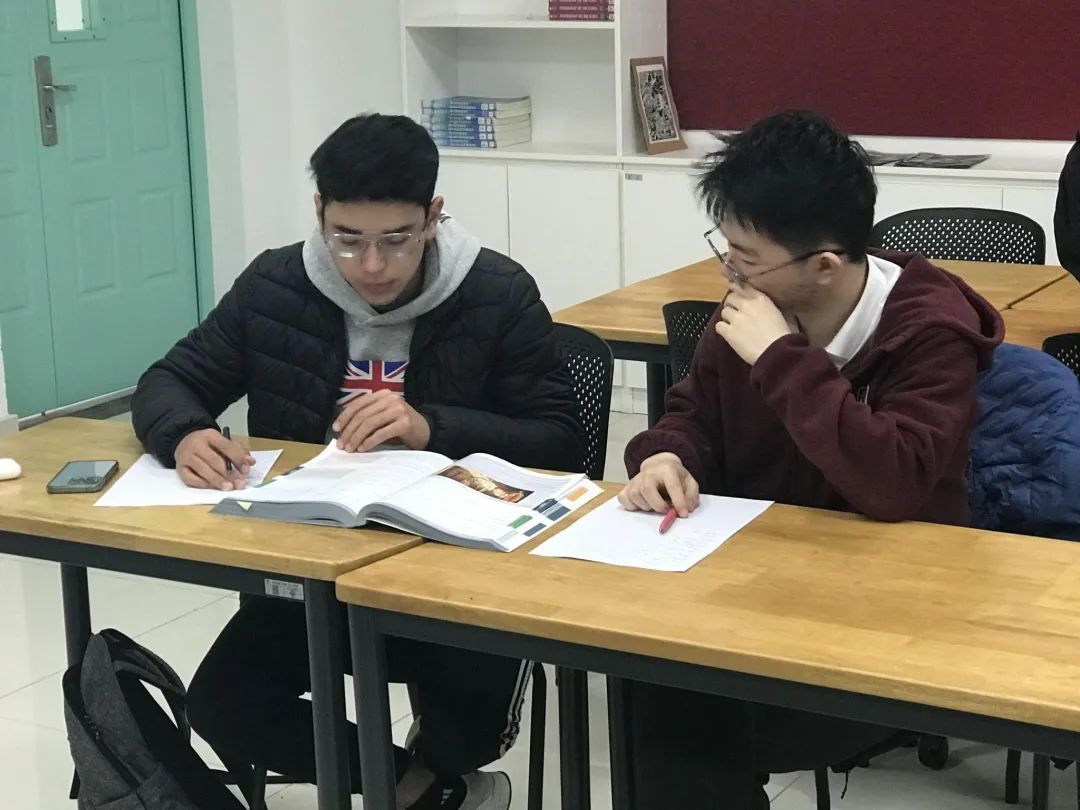
Grade 12: Using a Case study students worked in large groups to analyze the impact of a decision on the Human Resource team. What issues needed to be taken into account if a company decided to set up a new production plant in an overseas country?
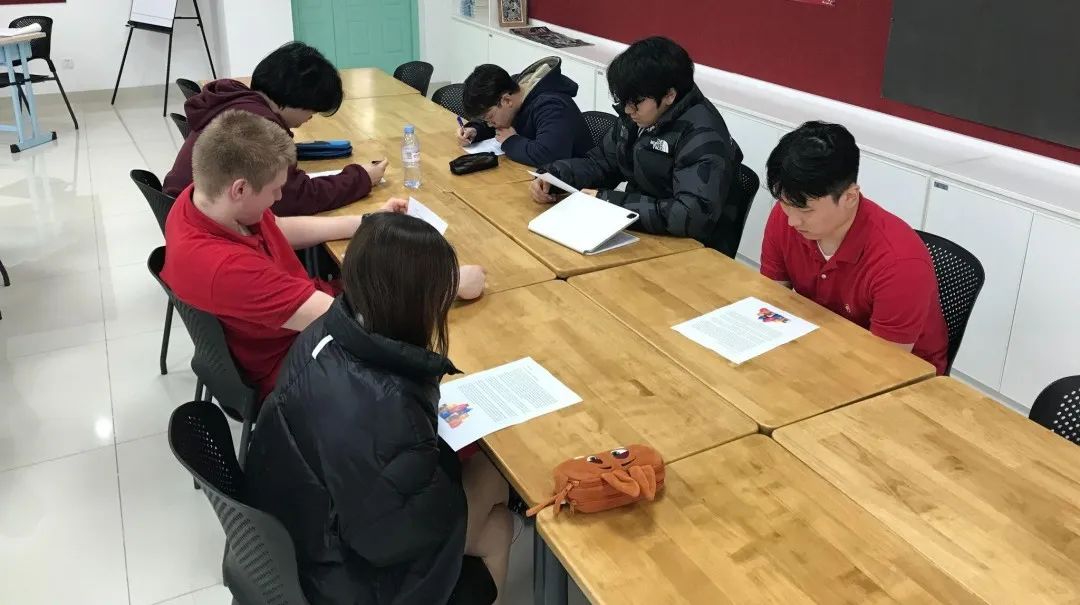


A flow chart showing the thought process (for Human Resources) of opening a factory overseas.
Design Highlights
CISH
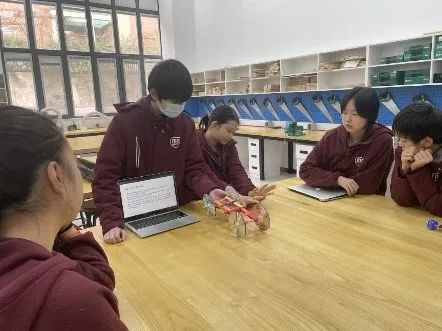
This week in G6 MYP Design, students successfully wrapped up criteria C of their summative assessment by completing their video, explaining the intricacies of the Design Cycle, along with fulfilling criteria C of their Design portfolio. Despite encountering a few challenges, the students demonstrated commendable time management skills throughout the process. This experience has not only enriched their understanding of design concepts but also provided valuable insights into overcoming obstacles, contributing to a positive and impactful learning curve.

Grade 7 students have successfully completed the production of their boats, which will be utilized in a science class to test buoyancy as part of an interdisciplinary unit. The students have demonstrated remarkable progress in their confidence within the design lab by utilizing tools and materials to create their products. They have since embarked on the final criteria of the unit, "Criteria D," where they will assess their own performance and that of their products to evaluate the overall success of the unit. The incorporation of group work and reflective tasks has proven to be an effective approach in facilitating the Criteria D process. This interdisciplinary project not only covers scientific concepts related to buoyancy and water displacement but also integrates various subjects, such as science, math, and design, providing an opportunity for students to develop their transfer skills.

Grade 8 students have completed the first unit’s Criteria D by presenting their findings in a presentation to the class. The students confidently explained the testing methods they used in science to test the success of their products, as this unit was part of an interdisciplinary unit combining knowledge and skills from both science and design class. As the week progressed, a classroom discussion about unit 2 was held, allowing for student agency to take place, as students were presented with a global problem and began researching their own solutions to the global issue. Students kicked off Criteria A of unit 2 by researching solutions to the global problem presented to them, allowing them to analyze existing ideas which could inform their decision of what their products may be. The students seemed excited and ready to take on the next challenge. The incorporation of interdisciplinary projects, such as this one, provides a comprehensive learning experience for students, integrating various subjects, such as science, math, and technology, and allowing them to apply concepts to real-world problems.
This week, Grade 9 design students were given an additional week to complete their animal habitats project due to underestimating the required time. This experience provided students with a valuable opportunity to enhance their self-management skills and grasp the concept of balancing time and workload. As they prepare for the Grade 10 personal project next year, students learned the importance of effective planning and avoiding taking on more than they could handle
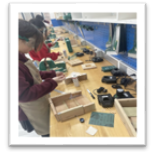
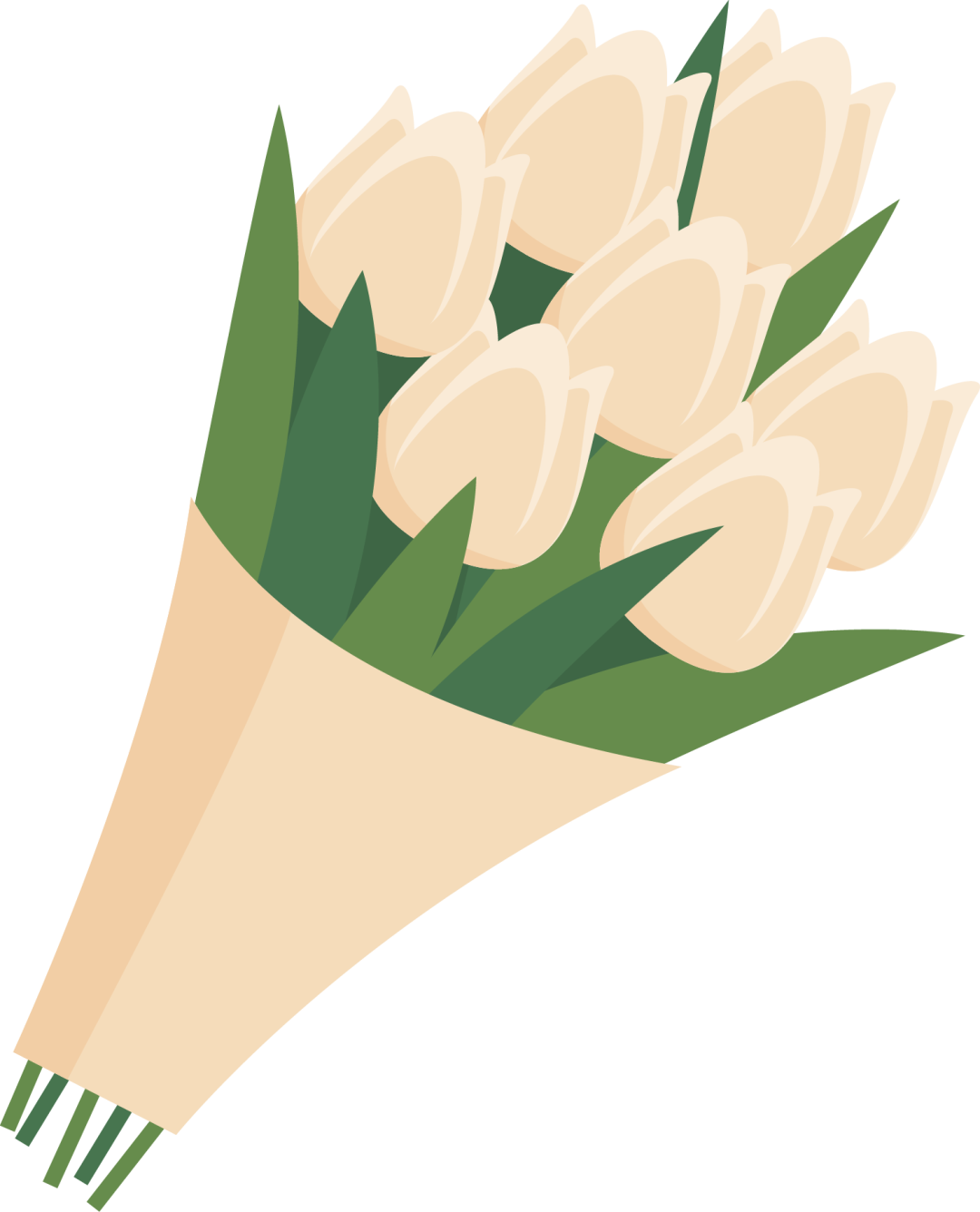
Design Class

This week in grade 10, we started to look at a second type of loop, the while loop. We also used flowcharts to map out algorithms. Flowcharting and why it is used can be a difficult concept for students to grasp. We have been exploring many coding concepts and this week we regrouped and reviewed each type of statement or block of code. To better understand how computer scientists think, students were given a small summative coding assignment.

Grade 11 students began the week with a programming assessment to check the concepts using loops, arrays, and the bubble sort technique. This was followed by in class coding assignments that train students to think, plan, and code solutions in a limited time in preparation for the first set of exams in January. Students also continued to work through SL Object-oriented programming (OOP) concepts. Paper 2 is the focus of all OOP content and coding. We recently introduced unified model language (UML) and students are learning what they are and how they are used to define data structures.
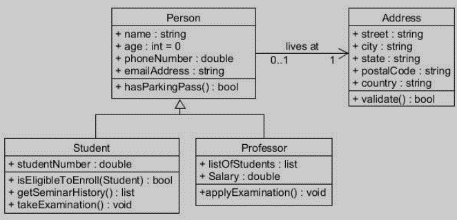
Grade 12s continued by looking at the need for networking standards and then the technologies required for a VPN. HL students started looking at their second practice case study. This week they are exploring the topic presented and discovering the research they will need to approach the paper 3 exam.

PYP German Highlights
CISH
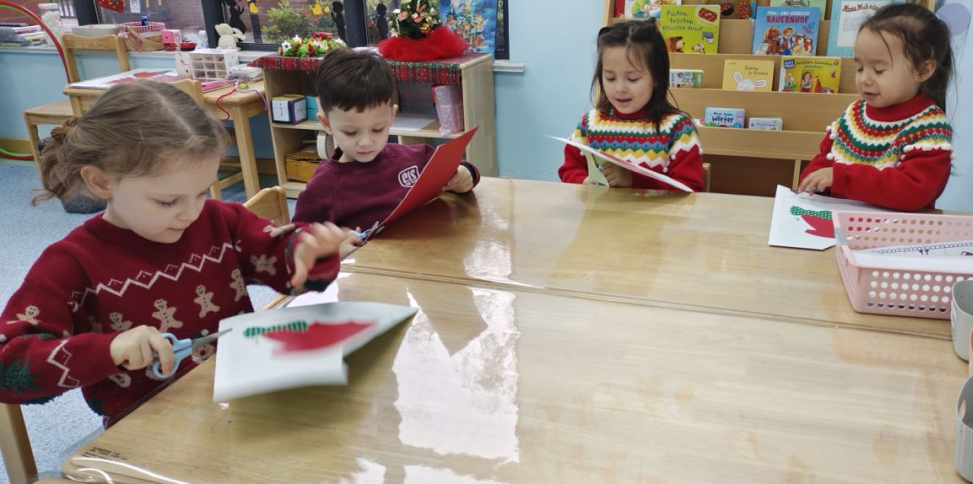
PYP German
Class Photos


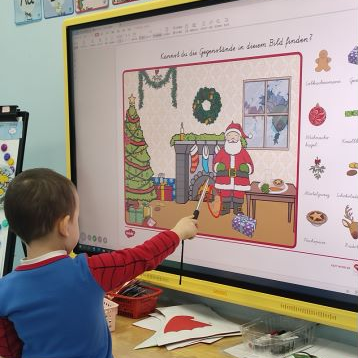

K1 (Yani Wang)
This week our K1 German class is learning about Christmas. After understanding the words related to Christmas, we made some classroom games related to them, such as "Look at pictures to find Christmas items", "Christmas picture puzzles", "Find the differences in Christmas pictures" and so on. The students listened to the story "I Love Santa Claus" and learned that Santa Claus wants to give gifts to good children. Students analyze for themselves what kind of behavior is a good child. We also introduced some German Christmas songs, such as Leise rieselt der Schnee, O Tannenbaum, etc. This week's craft is for students to continue making Christmas stockings.
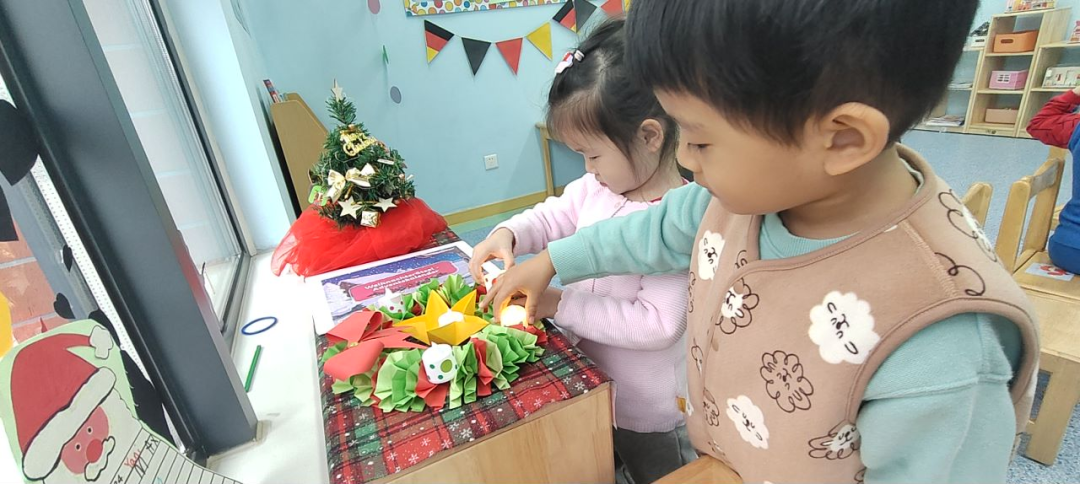
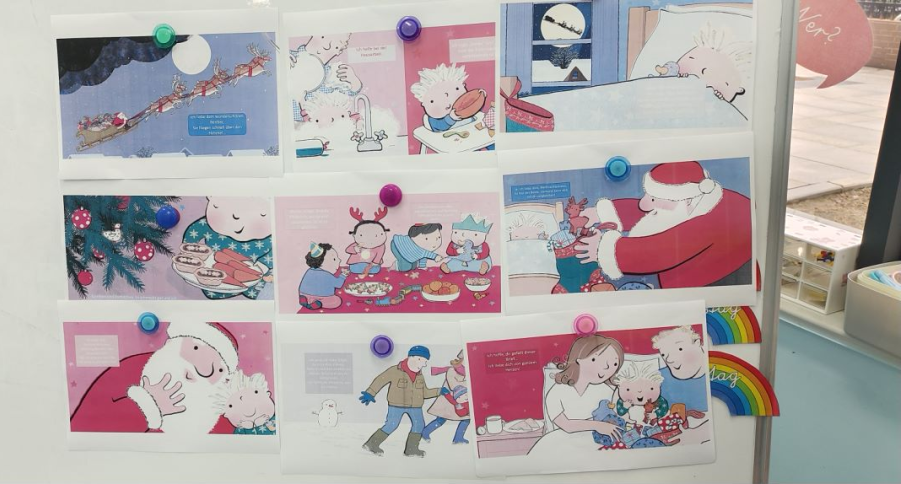
K2 (Yani Wang)
This week in K2 German class we continue to learn about Christmas. We read the story book "The Birth of Jesus" and watched cartoons about the birth of Jesus. Students mastered some basic and important historical knowledge points, such as what the names of Jesus' parents were, which city he was born in, why people were so happy when Jesus was born, etc. Since this Friday is Christmas Hat Day, our craft this week is to make Christmas hats and Christmas angels.

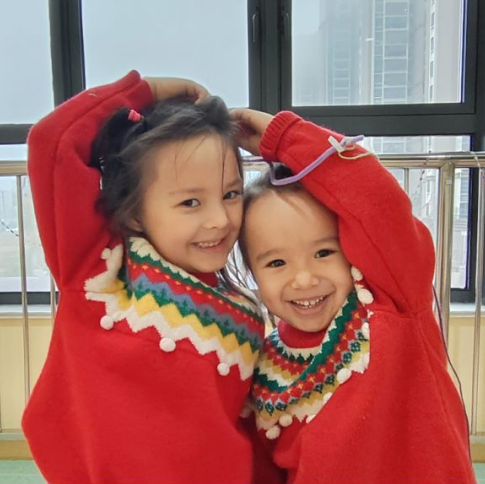
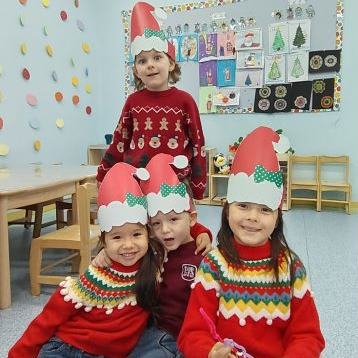

K3 (Yani Wang)
This week in K3 German class we continue to learn some new content about Christmas. The students first listened to the story of the birth of Jesus. Then everyone looks at the pictures and tries to explain the story themselves.
We also listened to German children's songs related to Christmas. For example, O Tannenbaum, Leise rieselt der Schnee et al. The students also watched a PPT on how Christmas is celebrated in Germany, and everyone shared their interesting experiences of celebrating Christmas in the past.
The letters we are learning this week in German class are E and F. This includes letter case, pronunciation, finding words starting with this letter, etc.






PYP German
(Sascha Wandkowsky & Robert Jordan)
G1: This week in our grade 1 German class, we focused on expanding our vocabulary with words starting with "sp" and "st". The students embraced this challenge with enthusiasm, actively participating in word games and exercises to reinforce their understanding. We also dedicated time to writing practice, where the students described a picture, consolidating the words we've learned previously.
In our reading sessions, we explored texts about friendship and delved into stories that introduced us to other cultures and languages. The students completed exercises in their workbooks to enhance their comprehension.

G2: In our grade 2 German class this week, we explored rhyming words with "ie" and words with short vowels. The students showed great enthusiasm in identifying and creating words that rhyme, enhancing their phonetic awareness. We also introduced cursive writing with the letters I and J, focusing on proper formation and fluidity.
Additionally, our reading sessions were a journey into topics about family and recipes. The students actively engaged with texts, discussing family relationships and exploring a recipe together. The accompanying exercises in their workbooks allowed them to reinforce their understanding of the vocabulary introduced.
G3: In our grade 3 German class this week, we delved into the world of nouns with the suffixes -heit and -keit. The students engaged actively in identifying and creating words with these suffixes, broadening their vocabulary. We also explored nouns with various prefixes and suffixes, providing the students with a comprehensive understanding of word formation.
In our reading sessions, we ventured into texts discussing the concept of family, fostering meaningful discussions about what family means to each student. The accompanying exercises in our workbook allowed the students to apply their knowledge and further deepen their comprehension of the topics explored.

G4: In our grade 4 German class this week, we delved into the concept of compound nouns, exploring the structure of words formed by combining two or more words. The students demonstrated remarkable creativity in identifying and creating compound nouns, grasping the role of base words and determining words in these formations. We discussed how these elements work together to create meaningful and specific compound nouns.
Additionally, our reading sessions navigated emotional terrain with texts about the passing of a friend and explored the world of sports in a more lighthearted way. The students engaged thoughtfully in discussions, expressing empathy and reflecting on the themes presented. The accompanying exercises in our workbook allowed them to reinforce their understanding of compound nouns while providing a space for emotional and sports-related vocabulary exploration.
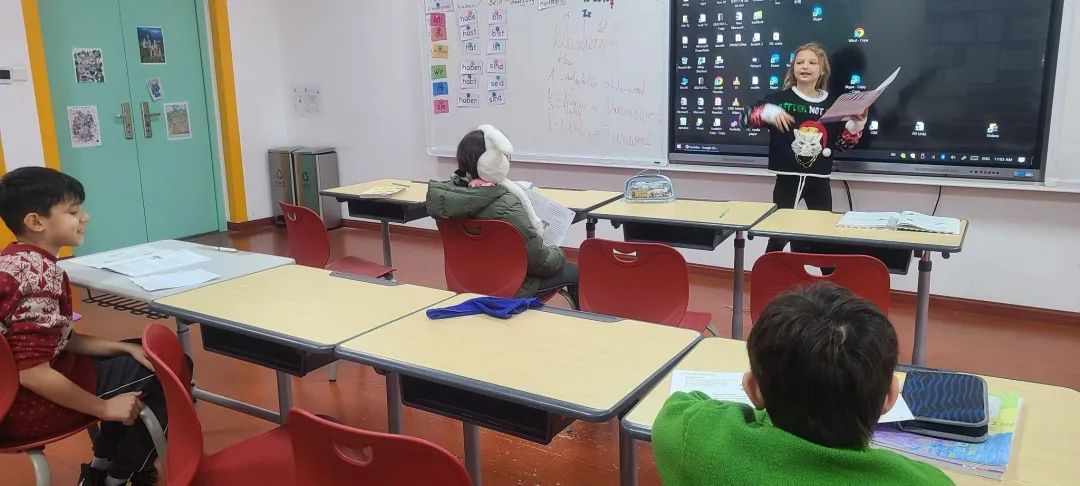
G5: This week our German class was learning about synonyms for words like happy, interesting or suddenly. We did exercises and wrote stories using these, which some of the students read aloud in class afterwards. We also learned how to describe people and how to write reports.
On Friday, we had some practical debate training on topics like speed limits on the German Autobahn or if the school day should start with sports.



声明:本文内容为国际教育号作者发布,不代表国际教育网的观点和立场,本平台仅提供信息存储服务。
全国500所国际学校大全 / 3分钟匹配5-8所 / 1年名校升学备考托管服务




